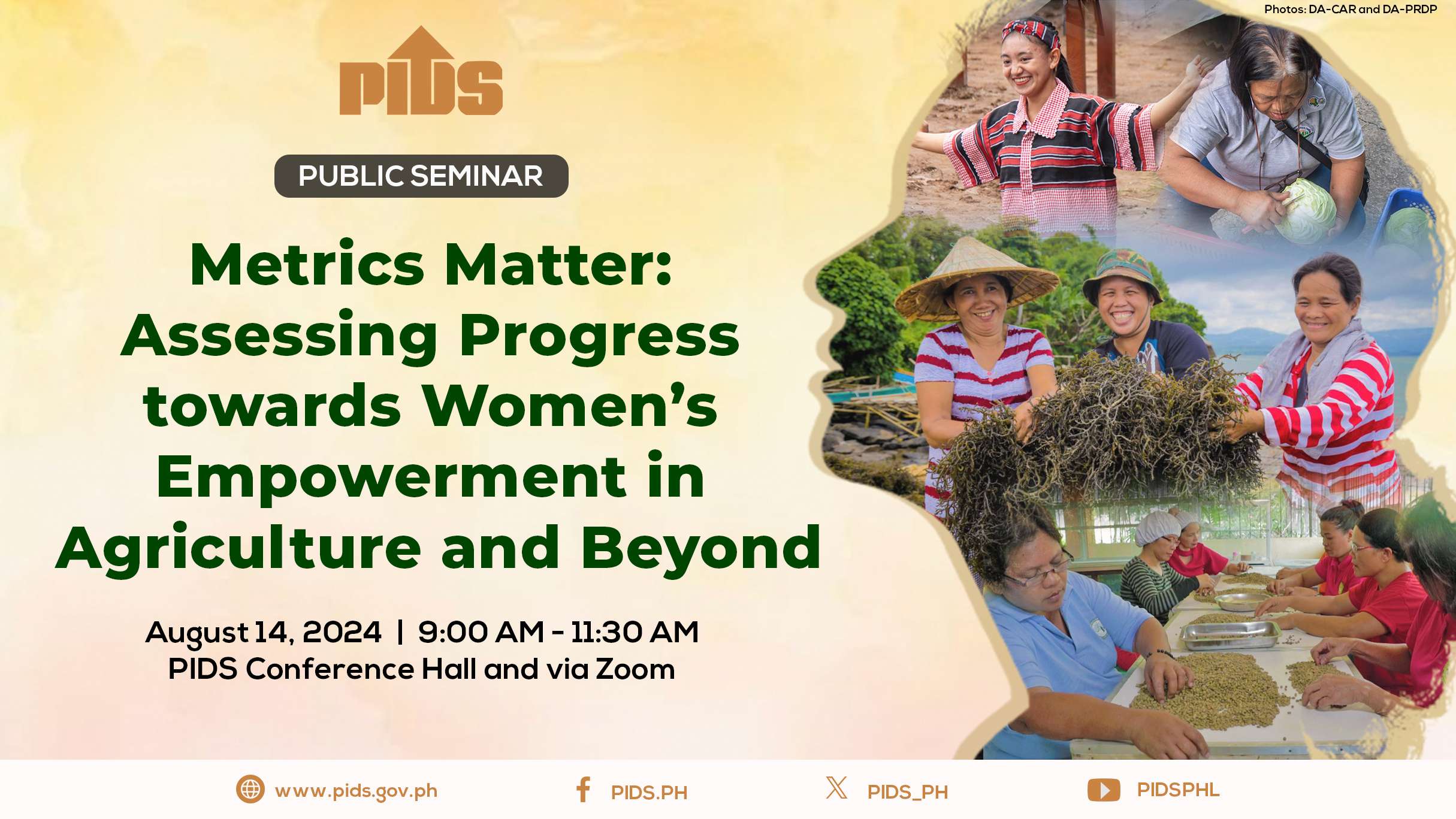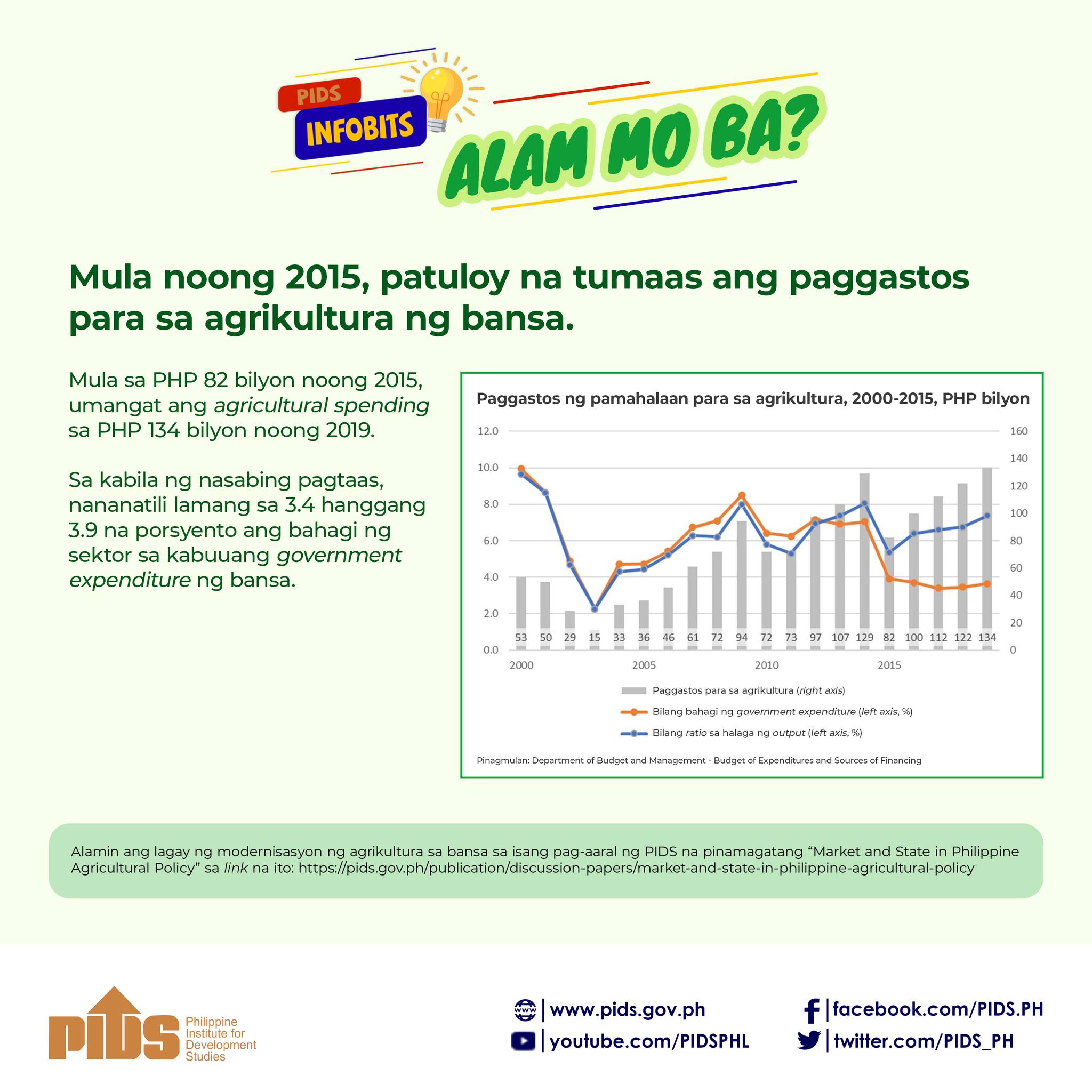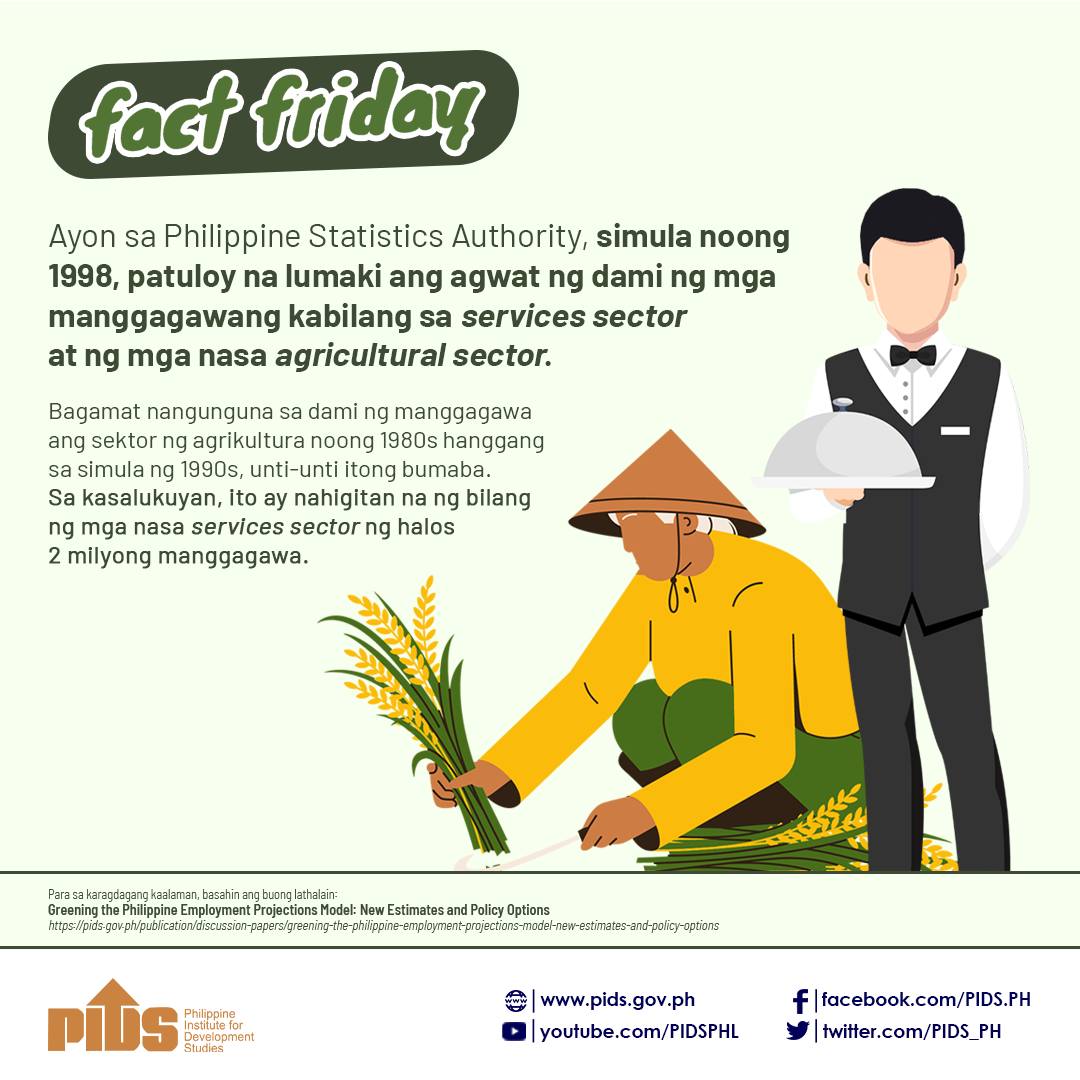We need a radical resurgence in agriculture. Road maps will help achieve this objective.
In 2017, agriculture grew by 3.9 percent. But from 2013 to 2015, it grew by 1.1 percent, 1.6 percent, and 0.27 percent, respectively. In 2016, it declined by 1.3 percent. Therefore, from 2015 to 2017, the average growth is 2.6 percent for two years, or an average growth of only 1.3 percent a year.
Peter Drucker, whom I studied during my doctoral studies, emphasized: “It is important to do things right, but it is more important to do the right things.”
Doing things right is largely helped by globally accepted management systems like ISO 9000. DA is instituting this, but it should be done at a faster pace. Less than a third of DA units have ISO 9000, while departments like the Department of Trade and Industry (DTI) have had it as a requirement for all its units for many years now.
However, doing the right things is much more important. Some of these are being effectively carried out by DA and Secretary Manny Piñol. But additional strategic moves should also be undertaken.
One clear but neglected initiative is the formulation of key agriculture subsector road maps that are committed to by private sector-led teams with full government support. They will also be the continuing oversight group for the road maps’ implementation under DA’s direction. Without these teams, the road maps will just lie idle and useless on the shelf.
We have fallen from being Southeast Asia’s agriculture leader to now one of its laggards. On April 10, Bayan Academy president Eduardo Morato cited the table below, which is published in his monograph “Agriculture Industry and Employment Outlook.”
From the table, we note that the Philippines is the least productive in five of the seven sectors, while it is second and third worst in the other two sectors.
Today, there are road maps for some of these crops, as well as other agriculture subsectors. Management road map experts should now be harnessed to review the thoroughness of these road maps so that they also have a global long-run perspective, determine if they are implemented properly, and recommend needed improvements.
For a time, the Philippine Institute of Development Studies (PIDS) received more than 30 subsector road maps from DTI, but none from DA. PIDS (ranked 37th among the top 100 think tanks in Southeast Asia and the Pacific by Think Tank Index Report) can provide valuable guidance for both the DA and DTI road maps. It can also maximize the DA-DTI synergy so that we will have a cohesive agro-industrial strategy with road map details to back this up.
In fact, food manufacturers under DTI is the largest manufacturing subsector with a 47 percent share, much bigger than the next subsectors of chemicals and chemical products at 12 percent, and radio, TV, and communication equipment at 10 percent.
Unfortunately, not enough of the food inputs come from our own farmers. Consequently, many processors have to import their inputs, which we could easily produce with the proper government support under an effective road map.
Chair Alex Escaño of the Philippine Council for Agriculture and Food, Inc. (PCAFI) identified 32 commodity champions to lead the PCAFI efforts. However, hardly any of them have been tapped to help formulate and implement the badly needed road maps for their respective sectors.
In today’s agriculture environment, where both global threats and opportunities abound, it is critical that we win, rather than lose, in the global competition. DA should provide the budget and resources to make road maps a high priority initiative.
Doing the right things through road maps may be the key to the agriculture radical resurgence we badly need today.












